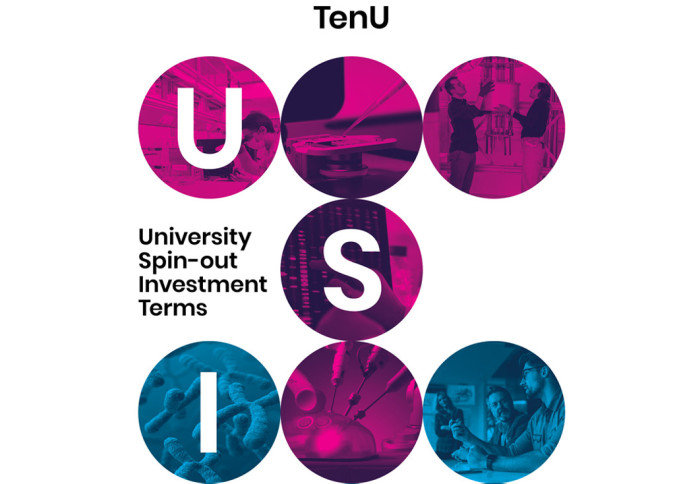UK universities and VC investors launch USIT guide to accelerate spinout success
by Gavin Reed

The UK's potential as a science super-power was boosted today with the launch of expert guidance on investment terms for university spinouts.
Its backers believe that this guidance will accelerate and support the founding of a new generation of university startups and spinouts.
Six of Britain’s leading universities – Imperial, Cambridge, Oxford, UCL, Manchester and Edinburgh – and seven of its leading investors have come together to launch the USIT Guide, which aims to put rocket boosters under the way that the Higher Education sector spins out new companies that take advantage of research breakthroughs. The initiative to produce the guide was funded by Research England.
Many of this country’s most successful technology firms – such as Solexa, Oxford Nanopore, and ARM – started off life as spinouts from a university, and the publication’s authors believe many more will now be forthcoming.
This is an area that the UK already excels in. London’s universities, for example, are more efficient in turning research and development expenditure into spinout companies than many others. They produce a spinout for every £35.35 million invested in research and development compared with £60.42 million, £42.6 million and £54.5 million for Boston, Los Angeles and New York, respectively.
Between them the group behind the new guidance – which includes venture capital firms Abingworth, Sofinnova and Cambridge Investment Capital alongside six UK universities - has helped set up 376 new companies in the last five years, raising over £8.6 billion in investment.
The backers of the USIT guide believe the UK can increase its success in this area and allow universities and venture capital investors to ramp up the process of creating and funding spinouts by providing direction and advice on a wide range of areas that are the subject of frequent discussion and negotiation, such as equity stakes and IP licence approaches. At present, many spinout deals are created from scratch, which risks inefficiency and isolation from previous successes.
The USIT Guide reflects successful practice from around the world, and aims to deliver transparent and valuable insights into spinout process, benefitting all parties involved – founders, investors, universities, research funders and the wider public. The publication is supported by TenU, a group of university technology transfer offices from the UK, US and Europe, including MIT, Stanford, Columbia and KU Leuven alongside six UK universities.
“Imperial shares the commitment of UK universities to delivering impact, and we’re delighted to have worked on this evidence-backed initiative to develop open guidance on best practice to emulate and pitfalls to avoid in the process of creating successful spinout companies”, said Dr Simon Hepworth, Director of Imperial Enterprise. “USIT will support the UK’s extraordinary science-base in creating and building the companies that will change tomorrow.”
Diarmuid O’Brien, chief executive of Cambridge Enterprise and chair of the USIT Guide working group, said: “The USIT Guide can unlock the full potential from UK universities research, helping to create more spin-outs faster and attracting increased venture investment. USIT can support our universities create the companies that can contribute to solving the great challenges of our time, from climate to health and the digital revolution.”
Jessica Corner, executive chair of Research England said: “The USIT Guide has come out of the deep professionalism and commitment of UK tech transfer offices to collaboration: sharing approaches internationally, and working with others – particularly investors - to make our ecosystem more effective.”
Tim Haines, executive partner at Abingworth, added: “Universities are a key engine for innovation in the UK. The USIT guide will enable the investment community to work more closely with our universities to create high impact businesses that can drive UK economic growth.”
Download the USIT Guide
The guide is available for download from the TenU website
Article text (excluding photos or graphics) © Imperial College London.
Photos and graphics subject to third party copyright used with permission or © Imperial College London.
Reporter
Gavin Reed
Enterprise